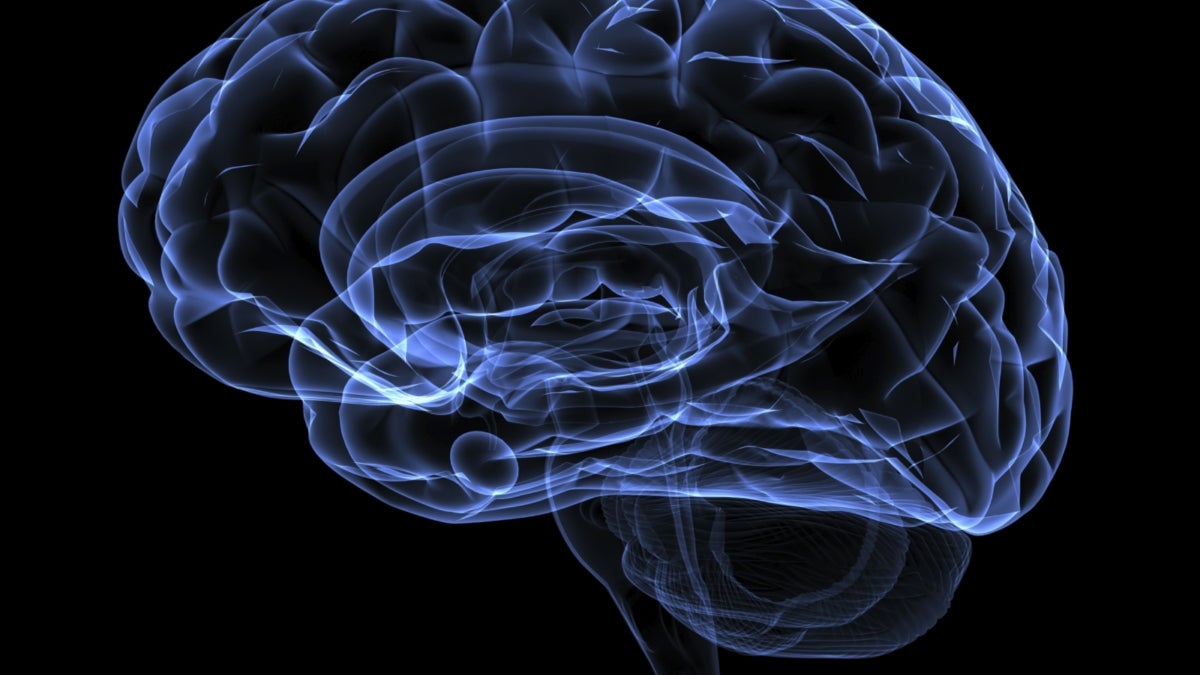Important ethical and legal questions are coming up with the rapid expansion of neuroscience and neurotechnology: Among them, how far is too far when it comes to science and the human brain?
New developments could lead to cures and treatments for diseases such as Alzheimer’s, but what about technology that could limit individual freedom by controlling behavior? Then there’s the matter of who will have access to brain-enhancement technologies and who owns data connected to brain-computer interfaces?
To dig into these and other issues, the international think-tank Organization for Economic Co-operation and Development, is bringing together leaders for a two-day conference in Washington, D.C., starting today.
Arizona State University professor Diana Bowman has been involved as a member of the steering committee for “Neurotechnology and Society: Strengthening Responsible Innovation in Brain Science,” which organizers say intends to advance the understanding and development of innovations in brain science and technology.
Bowman, associate professor in the School for the Future of Innovation in Society and the Sandra Day O’Connor College of Law, and other leaders hope the discussion will provide clarity regarding the direction of research, its social and economic influence and the regulatory frameworks that will develop.
She spoke with ASU Now about what she expects from the conference.
Diana Bowman
Question: What could go wrong if research and development in brain science goes unchecked?
Answer: The human brain is considered the last frontier for medical research; its complexity, and importance to defining the individual self, has ensured that the brain has received substantial attention from scientists, physicians, philosophers and ethicists alike.
Large-scale investment into brain research by the public and private sectors promises to unlock new therapies and novel approaches for treating costly illnesses and disease including, for example, dementia, Alzheimer’s and traumatic brain injuries.
But as we begin to unlock, and better understand, how the human brain functions there is the potential for abuse, or for ethical and legal concerns to go unchecked. Think Minority Report. Think functional magnetic resonance imaging of criminals, in an effort to predict impulsivity and recidivism and where such approaches to preventing criminal activities, and potentially limiting freedom in order to prevent crime, could infringe fundamental human rights.
Q: How have we gotten to this point? And what ethical dilemmas have come up, so far?
A: Different technologies and their applications are already giving rise to a myriad of ethical and moral dilemmas.
Of these, some of the most pressing related to human enhancement and the ways and extent to which we should pursue human enhancement technologies: Do the benefits of invasive neuromodulation outweigh potential risks? And what are the privacy and data security risks associated with innovations with brain-computer interface? And what does this convergence mean for ‘the self’?
Theses types of questions are being considered by different groups and individuals around the world. Greater coordination is needed and we need to speed up the pace at which these types of questions are considered and acted upon.
Q: How quickly has the technology advanced?
A: Research on the human brain is not, in itself, new. Brain science research and advances in neurotechnology has already resulted in numerous medical devices already entering the market.
However, the convergence of other technologies such as nanotechnology, synthetic biology and additive manufacturing, combined with enhanced imaging technologies and more powerful infrastructure, will accelerate the pace at which new neurotechnologies evolve, and the entry of new drugs and products into the market.
So too will the aging population, and the pressures that meeting their physical and mental health needs place on governments and other stakeholders.
Q: Do we expect regulations to be put in place? Are there any now? Should there be?
A: Existing regulatory regimes will capture the types of research being undertaken by scientists involved in these large-scale brain projects, and the products that the projects give rise to — whether that is in the United States, Australia or Israel to name just a few.
The more important question, though, is whether these existing regimes and instruments shall be adequate and effective for the types of technologies and products that they give rise to? And this question we cannot answer at this time given that we simply do not know what this exciting field or research shall give rise to.
The fact that we cannot answer this question makes an event such as the Neurotechnology and Society workshop all the more important.
Bringing together key stakeholders across all relevant fields in order to better understand the trajectory of the research and technologies shall allow us to begin the process of evaluating the effectiveness of the current regimes, and, where necessary, to proactively explore other regulatory and governance models so as to ensure that the potential benefits outweigh potential risks.
Q: Who is this science for?
A: One can reasonably assume that the therapies and products that are initially developed as a result of this fundamental research will, at least in the first instance, benefit a small segment of the population (i.e., those who are most able to afford them), the majority of whom are likely to reside in developed economies.
This alone presents a myriad of social and ethical challenges, and while not new in themselves, need to be incorporated into funding decisions including the prioritization of research.
For this to be meaningful, different stakeholders need to be at the table and difficult conversations will need to take place. Such conversations need to take place now, ahead of the science, and alongside the development of the science and technologies.
Q: What would be going too far?
A: Going too far, in my view, can be simply described as follows: not learning the lessons from previous technologies, including their entry into the market and consumer acceptance thereof. For society to be able to take full advantage of the benefits offered by neurotechnologies, we need to ensure that broader ethical, social and legal questions are addressed in real time, and that society is actively engaged in the development, and deployment, of the technologies.
More Law, journalism and politics

Arizona secretary of state encourages students to vote
Arizona Secretary of State Adrian Fontes looked right and left, taking in the more than 100 students who gathered to hear him speak in room 103 of Wilson Hall.He then told the students in the Intro…

Peace advocate Bernice A. King to speak at ASU in October
Bernice A. King is committed to creating a more peaceful, just and humane world through nonviolent social change.“We cannot afford as normal the presence of injustice, inhumanity and violence,…

CNN’s Wolf Blitzer to receive 41st Walter Cronkite Award for Excellence in Journalism
Wolf Blitzer, the longtime CNN journalist and anchor of “The Situation Room With Wolf Blitzer,” will accept the 41st Walter Cronkite Award for Excellence in Journalism, Arizona State University has…

